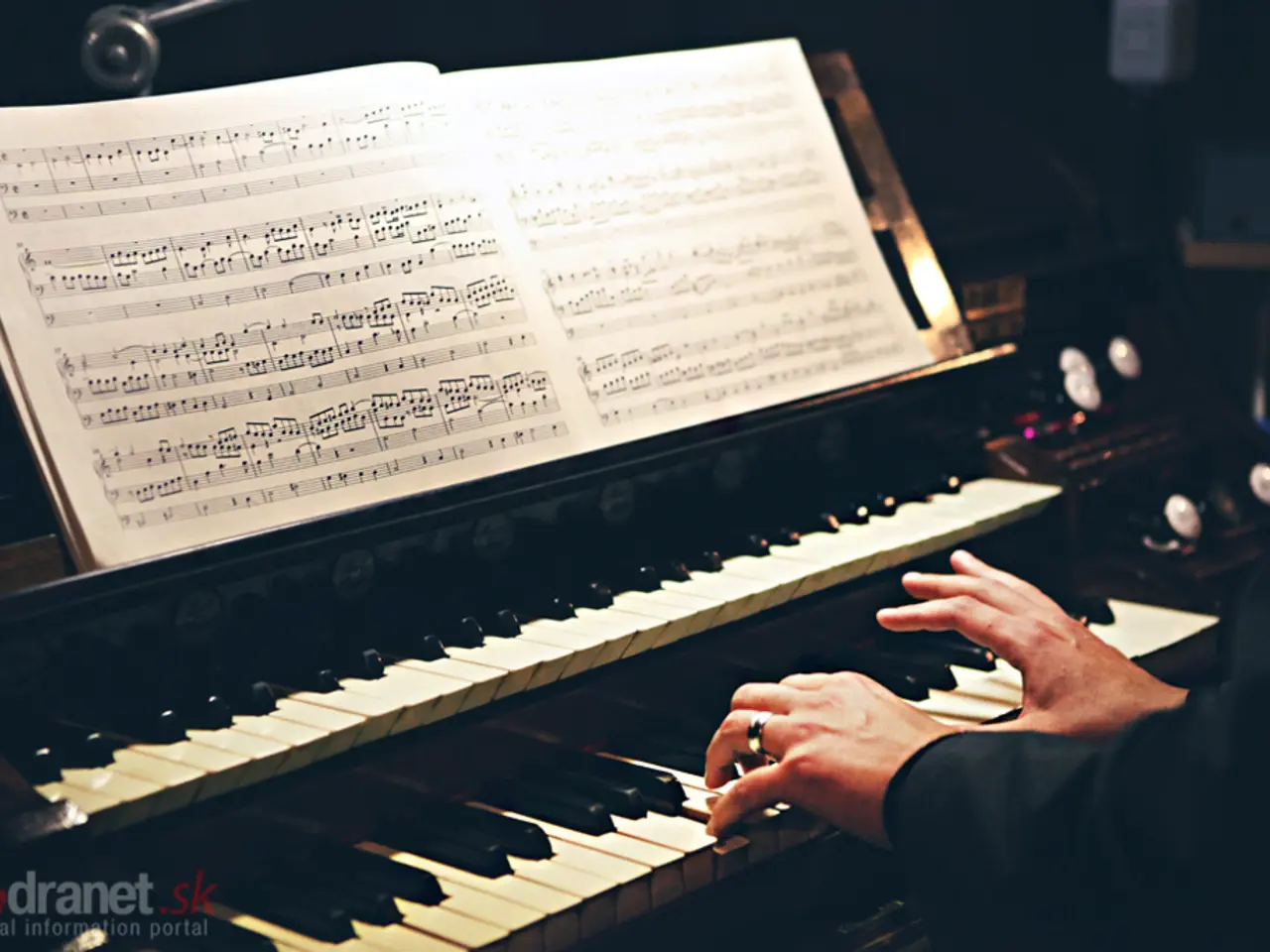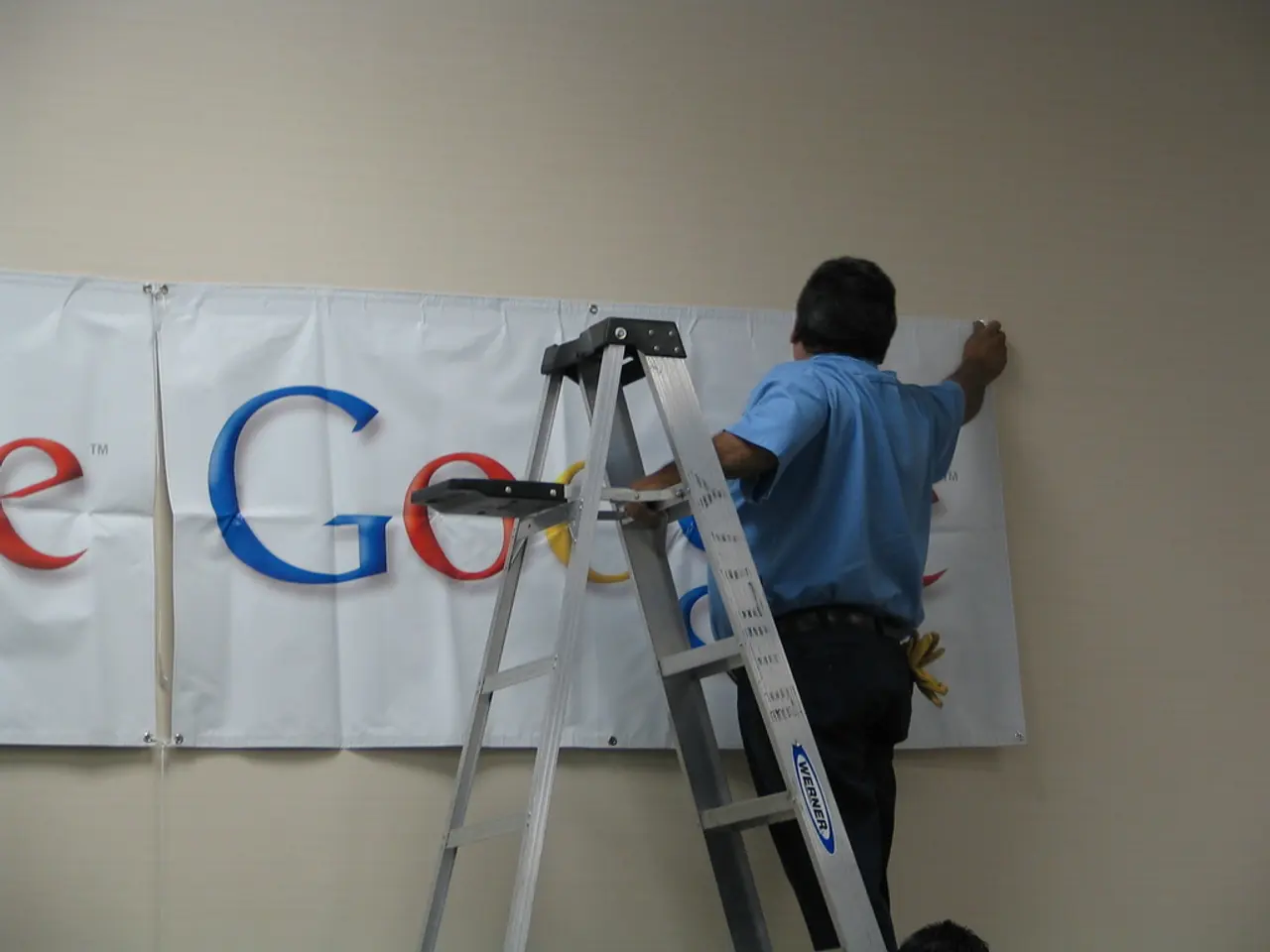The intriguing reason behind a piano's 88 keys revealed.
In the realm of classical music, few instruments can claim a history as rich and dynamic as the piano. This article traces the development of the piano keyboard, from its early beginnings to the modern 88-key instrument we know today.
### The Harpsichord Era
Before the piano, composers predominantly wrote music for the harpsichord, an instrument with only 60 keys and a five-octave range. These keyboard instruments, with their striking mechanisms, date back to the 15th century, but it was the harpsichord that became the most popular during the Baroque period[1].
### The Birth of the Piano: Cristofori's Invention
It was under the Florentine court of Grand Prince Ferdinando de' Medici that Bartolomeo Cristofori, an Italian harpsichord maker, was hired to look after their harpsichords and, eventually, other instruments. In around 1709, Cristofori created a revolutionary instrument, the 'gravicembalo col piano e forte' or the 'harpsichord with quiet and loud.' This instrument, often regarded as the first piano, used a hammer mechanism to strike strings, enabling dynamic changes in volume[1][4].
Cristofori's design was refined further by 1726, with the essential elements of the modern piano action in place[4]. However, these early pianos were not as powerful as later models due to limitations in the frame's ability to withstand string tension.
### The Expansion of the Piano Keyboard
Early pianos typically had fewer keys than the standard 88 of today. Cristofori's pianos likely had around 54 keys, and many instruments throughout the 18th century had fewer keys as well[1]. As music composition and performance evolved, so did the piano. By the mid-18th century, the piano had become popular, and composers like Mozart and Clementi began writing music specifically for the instrument. This period saw the development of different piano forms, such as the square and upright pianos[1].
The modern piano began to take its current form in the late 19th century, with the standardization to 88 keys providing a comprehensive range suitable for complex compositions and performances. This configuration offers seven full octaves plus a few additional keys, allowing for a wide range of tonal expressions[1][2].
### The Modern Piano
Today, the modern piano retains much of the original mechanism developed in the 19th century. However, there are discussions about potential future innovations that might transform the piano's design, though the 88-key layout remains a staple of the instrument[5].
Some piano manufacturers, such as Bösendorfer and Stuart and Sons, have pushed the boundaries of the standard 88-key range, offering pianos with extra keys for expanded harmonic resonance. While anything outside the 88-key range is considered too high or low for the human ear by most piano makers, these extended-range pianos cater to composers and performers seeking new tonal possibilities[2][3].
The piano, a key instrument in classical music, has a history dating back centuries. Its development from the harpsichord to the modern 88-key piano is a testament to human ingenuity and the enduring love for music.
[1] The History of the Piano: From Harpsichord to Modern Instrument, by The Metropolitan Museum of Art (https://www.metmuseum.org/toah/hd/pian/hd_pian.htm) [2] The Extra Keys on Bösendorfer Pianos, by Bösendorfer (https://www.boesendorfer.com/en/about-us/the-extra-keys) [3] The World's Largest Piano, by Guinness World Records (https://www.guinnessworldrecords.com/world-records/worlds-largest-piano/) [4] The Invention of the Piano, by The National Museum of American History (https://americanhistory.si.edu/collections/invention-piano) [5] The Future of the Piano, by The Royal Academy of Music (https://www.ram.ac.uk/discover/features/the-future-of-the-piano)
- The popularity of the piano rose during the Baroque period, as composers began writing music for this dynamic instrument, despite its early models having fewer keys than the modern standard of 88.
- The piano, revolutionary in its ability to offer dynamic changes in volume through its use of a hammer mechanism, has evolved over centuries to become a key instrument in classical music entertainment.






